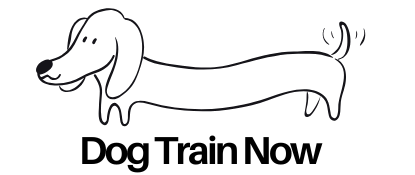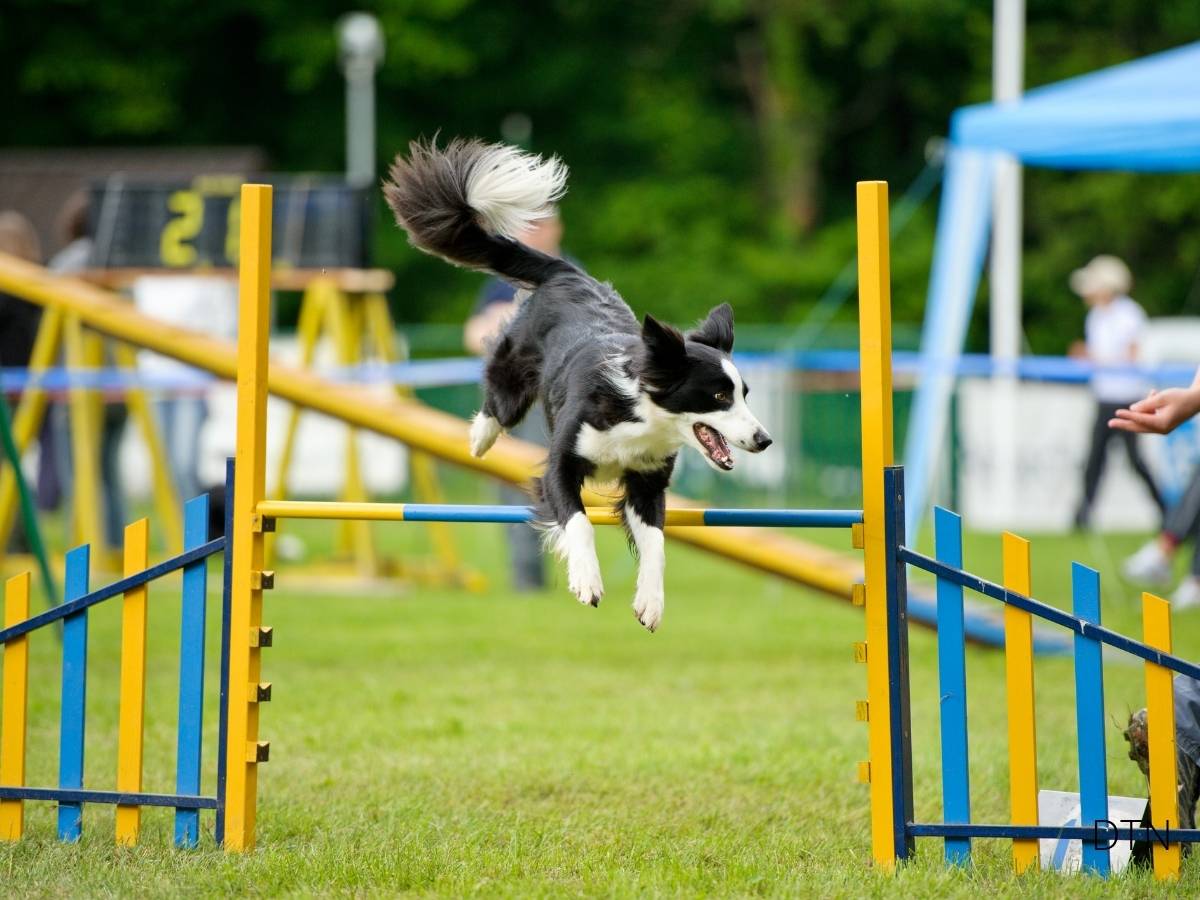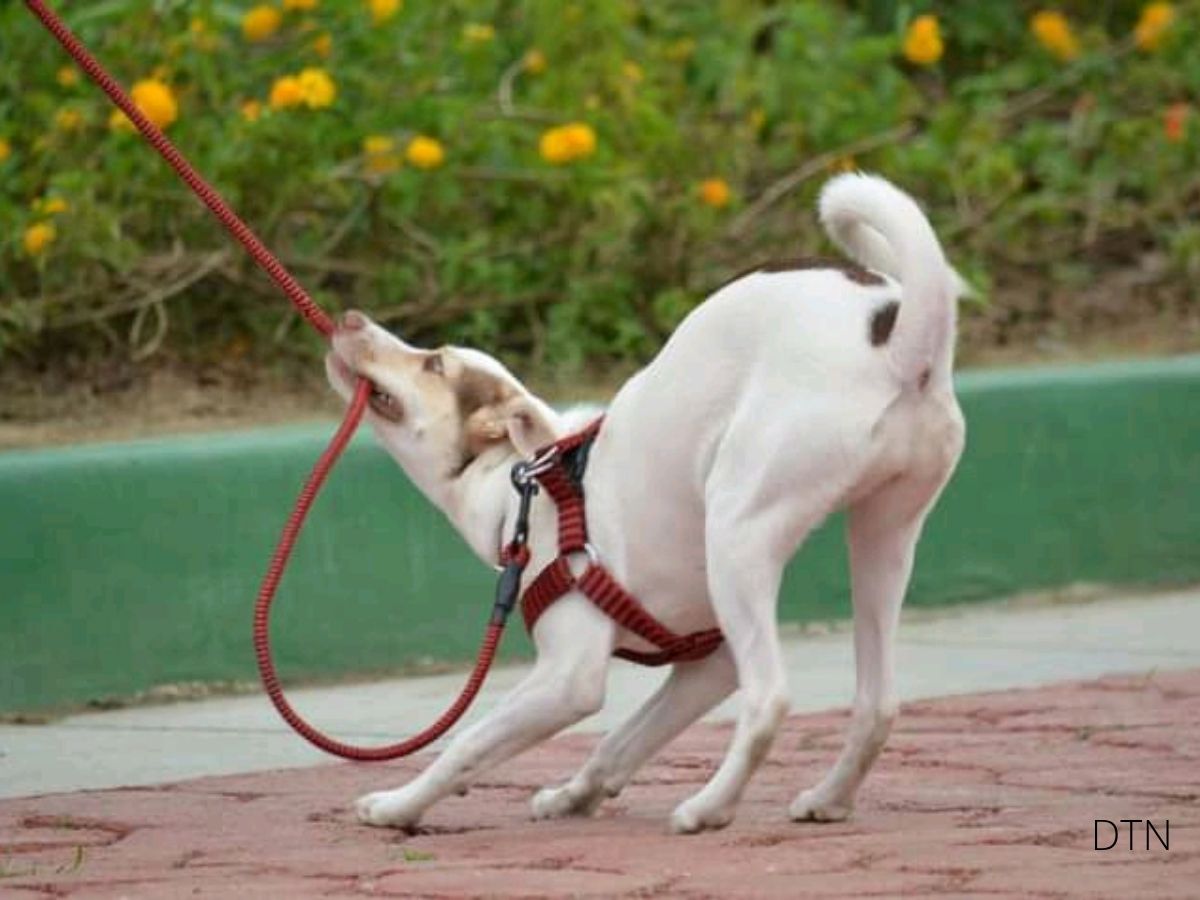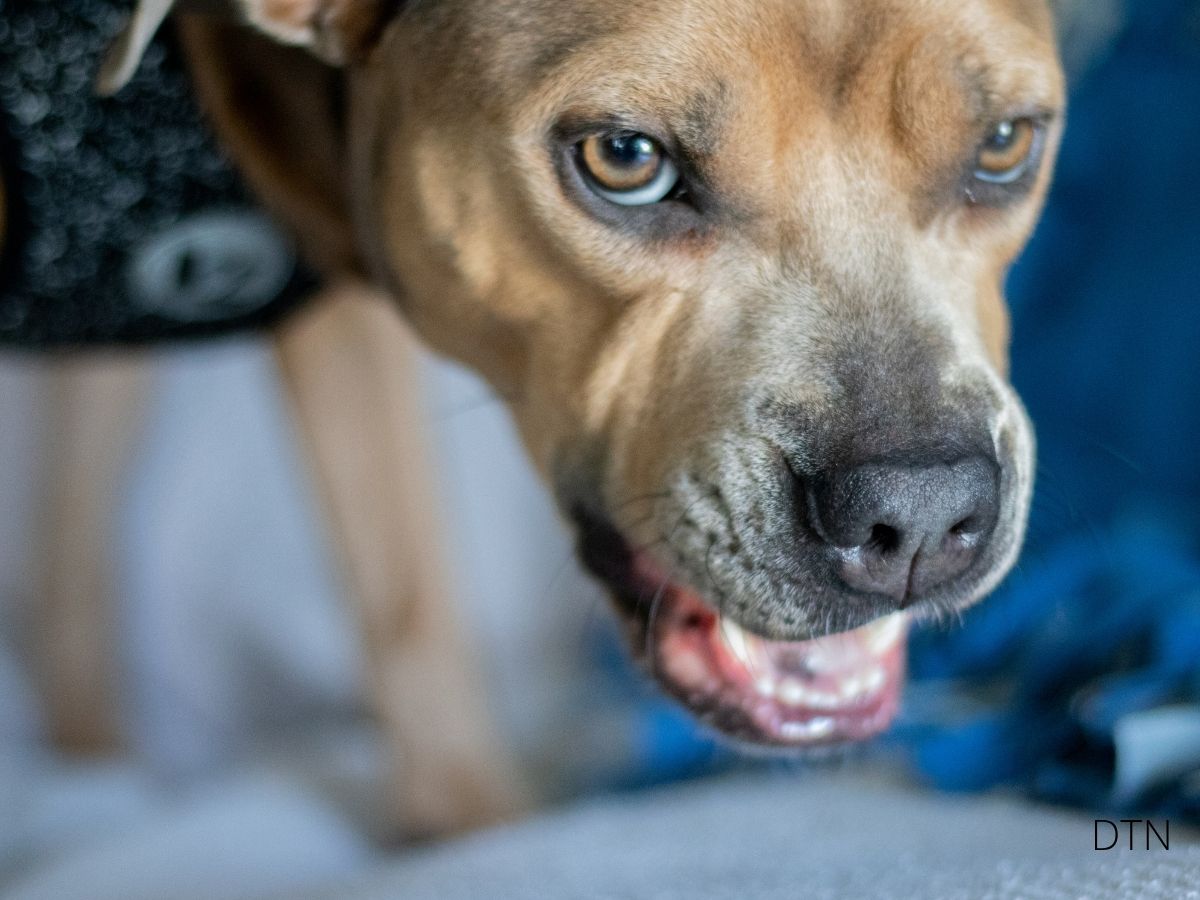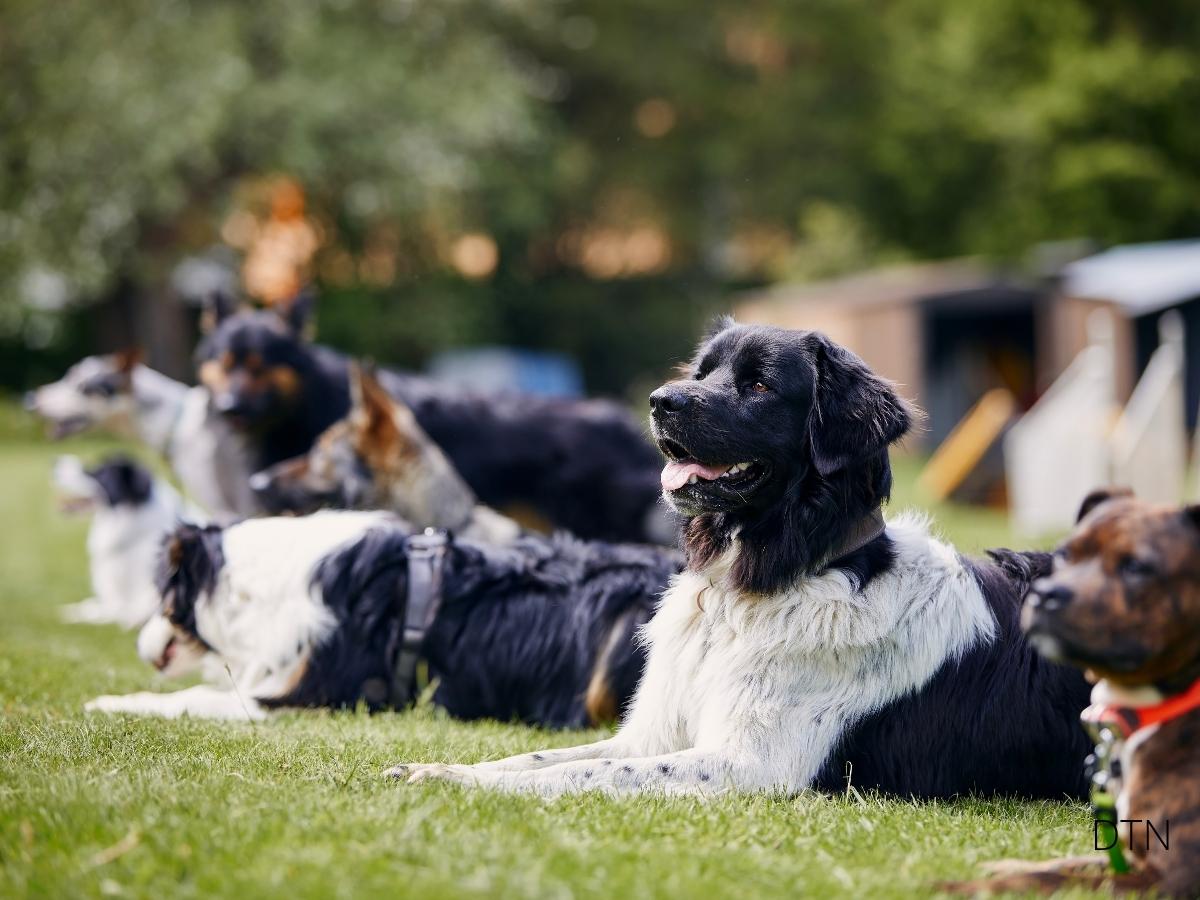The Walking Paradox Every Dog Owner Faces
You’ve just returned from a 45-minute walk with your furry friend, yet there they are – pacing, whining, or bringing you their favorite toy with unmistakable energy. Sound familiar? You’re not alone in this puzzling experience that challenges everything we thought we knew about tiring out our dogs.
For generations, the daily walk has been considered the gold standard of dog care. Yet modern canine science reveals a more complex truth: while walks provide essential movement, they often fall short of addressing your dog’s complete needs. Did you know that a dog’s brain can consume up to 20% of their total energy? This means mental fatigue plays just as crucial a role as physical tiredness in achieving that peaceful, satisfied state we all seek for our companions.
Why Physical Movement Alone Isn’t Enough
The Energy System Mismatch
Your dog’s body operates on multiple energy systems, each requiring different stimulation for true fatigue. That morning neighborhood stroll? It typically keeps your dog operating at just 30-40% capacity – enough for basic movement but insufficient for genuine physical exhaustion.
High-drive breeds like Border Collies and German Shepherds need sustained activity at 60-70% of their maximum heart rate for at least 20-30 minutes to even begin experiencing aerobic benefits. Meanwhile, the anaerobic system – responsible for those explosive bursts of energy – remains completely untapped during structured leash walks. Without engaging this system, your dog retains pent-up explosive energy that manifests as zoomies or sudden outbursts at home.
The breed factor matters immensely. Working breeds were designed for 8-12 hours of sustained activity daily. Their bodies produce higher levels of dopamine and norepinephrine – neurotransmitters that drive motivation and arousal. A standard walk for these breeds is like asking a marathon runner to be satisfied with a gentle stretch.
The Frustration-Behavior Connection
Currently, over 56% of dogs in developed nations are classified as overweight or obese – directly linked to inadequate energy expenditure despite regular walking routines. But here’s what you might not realize: insufficient exercise creates a devastating cycle affecting both physical and behavioral health.
When energy has nowhere to go, frustration behaviors emerge:
- Excessive barking at windows
- Destructive chewing beyond puppyhood
- Obsessive behaviors like tail chasing
- Hypervigilance and inability to settle
These aren’t signs of a “bad dog” – they’re symptoms of an energy management crisis that walks alone cannot solve 🐾
The Hidden Power of Mental Exercise
Your Dog’s Brain Needs a Workout Too
The canine prefrontal cortex, responsible for decision-making and impulse control, remains largely inactive during routine walks. This region consumes enormous amounts of energy when engaged, creating fatigue that physical exercise alone cannot achieve.
Research reveals that 15 minutes of intensive mental work can tire a dog more effectively than a 30-minute walk. Problem-solving activates multiple brain regions simultaneously: the hippocampus for memory, the amygdala for emotional processing, and the cerebellum for motor planning. This whole-brain activation creates deep, satisfying exhaustion.
Scent Work: The Ultimate Mental Workout
Your dog’s nose contains up to 300 million olfactory receptors, and the brain portion devoted to analyzing smells is 40 times larger than ours proportionally. This means scent work isn’t just sniffing – it’s complex data processing that rivals any supercomputer.
Just 10 minutes of focused scent work can leave your dog more exhausted than an hour-long walk. The mental energy required to process, categorize, and act on olfactory information engages their brain in ways physical movement cannot match. Each sniff provides information about other animals’ health, emotional state, and recent activities – it’s essentially social media for dogs that fulfills crucial social needs.
The Quality of Connection Matters
Transforming Walks Into Bonding Experiences
Every interaction with your dog either strengthens or weakens your bond. The quality of your presence during walks directly impacts your dog’s emotional fulfillment.
Active engagement means:
- Making frequent eye contact and responding to check-ins
- Incorporating mini-training sessions randomly
- Being genuinely interested in what captures your dog’s attention
- Varying pace and direction based on your dog’s interest
When you’re truly present, your dog’s mirror neurons activate differently. They sense your engagement and reciprocate with increased attention, transforming a mundane walk into meaningful shared experience. Dogs walked by attentive owners show lower cortisol levels and more balanced arousal patterns.
The distraction problem is real. Studies show dogs walked by phone-distracted owners pull 73% more and display increased stress signals. Your delayed responses to your dog’s needs can reinforce unwanted behaviors, making walks a source of frustration rather than fulfillment.
The dog was created specially for children. He is the god of frolic.
– Henry Ward Beecher
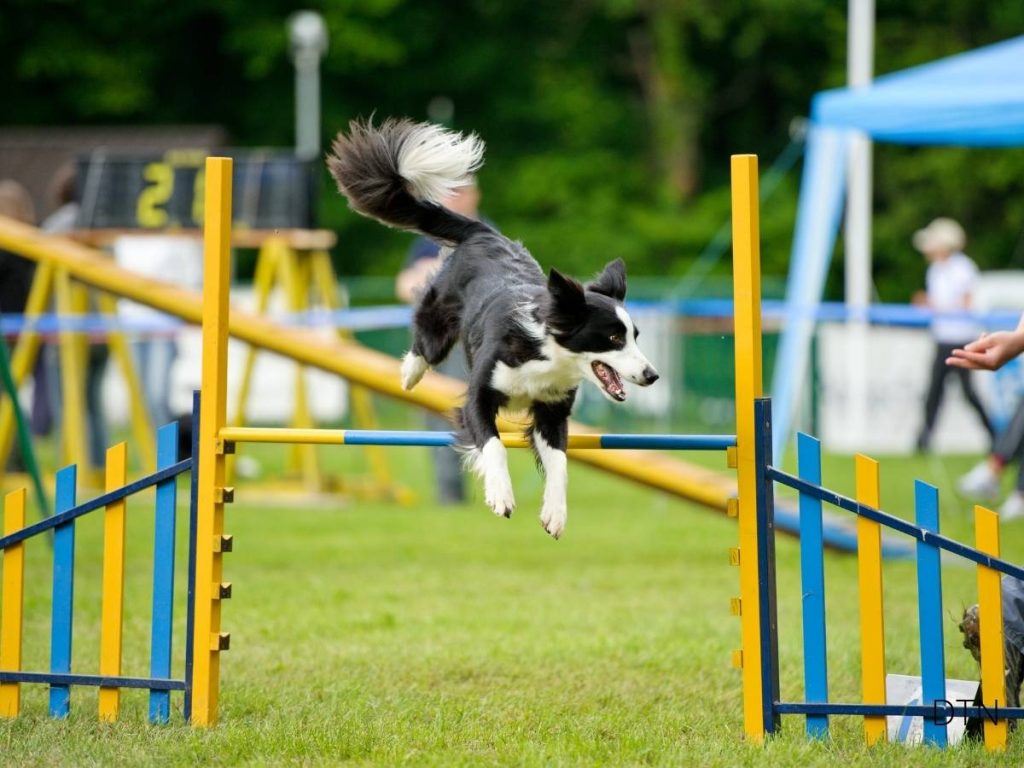
Environmental Factors That Make a Difference
Urban vs. Natural Settings
Urban environments can actually increase arousal rather than promote relaxation. Your dog’s primitive brain interprets constant traffic, noise, and visual stimulation as potential threats, maintaining hypervigilance that prevents true relaxation.
Natural environments offer “soft fascination” – gentle sensory engagement promoting restoration rather than stress. Studies show dogs walked in natural settings display 40% lower cortisol levels post-walk compared to urban-walked dogs, with benefits lasting up to 8 hours.
The Freedom Factor
Off-leash exercise fundamentally changes how your dog’s body and brain function. Dogs typically cover 2-3 times the distance of their human companion when off-leash, achieving more complete physical exhaustion while developing:
- Decision-making skills about direction and pace
- Risk assessment abilities
- Environmental problem-solving skills
- Natural recall behaviors through choice rather than compulsion
Practical Alternatives That Actually Work
Structured Play That Exhausts
Not all play is equal. Structured play combines physical activity with mental engagement:
Layered retrieval games: Start with basic fetch, then add “wait” commands, directional cues, and sequences (fetch the ball, then the rope, then return to the ball). This engages executive function and working memory alongside physical coordination.
Training as mental exercise: 2-3 minute sessions every few hours are more effective than one long session. Each new trick requires forming novel neural pathways, demanding significant energy. Impulse control exercises like “leave it” with increasing distractions are particularly exhausting.
Home Enrichment Solutions
Transform feeding time into mental work:
- Puzzle feeders instead of bowls
- Frozen Kongs with layered ingredients
- Scatter feeding in grass or snuffle mats
- Hide portions around the house
This approach transforms 30-second meals into 20-minute problem-solving sessions.
DIY brain games using household items often engage dogs more than expensive toys:
- Toilet paper roll treat puzzles
- Muffin tin games with tennis balls
- Towel roll-up challenges
- Cardboard box exploration zones
Creating Your Dog’s Perfect Formula
The Balanced Daily Routine
Morning activation (20 minutes):
- 10-minute sniff walk for mental awakening
- 5-minute training during breakfast prep
- Puzzle feeder breakfast
Midday maintenance (15 minutes):
- Brief structured walk or backyard training
- Interactive toy rotation
- Calm settling practice
Evening wind-down (30 minutes):
- Longer exploratory walk with ample sniffing
- Calm training focusing on duration behaviors
- Quiet enrichment like licking or chewing
Recognizing True Fatigue
Boredom (despite physical exercise) shows as:
- Attention-seeking immediately after walks
- Inability to settle
- Destructive behaviors
- Restless sleep patterns
True fatigue (physical + mental) appears as:
- Deep, peaceful sleep
- Soft, calm body language
- Ability to self-soothe
- Reduced reactivity to triggers
The Path Forward
Your dog’s restlessness after that morning walk isn’t defiance – it’s their brain and body asking for diverse stimulation they’re biologically programmed to seek. True canine fatigue comes from engaging multiple systems: physical, cognitive, emotional, and sensory.
Start where you are. Add scent work to walks, incorporate training games, provide puzzle feeders, or simply be more present during outings. Even small changes create significant improvements in your dog’s satisfaction and behavior.
Remember: your dog isn’t asking for more of your time; they’re asking for more of your engagement, creativity, and understanding. When you provide this holistic enrichment, you’ll witness the transformation – a peaceful, content companion who sleeps soundly and maintains that soft, relaxed demeanor signaling genuine satisfaction.
The next time your dog looks at you expectantly after a walk, you’ll know exactly what they need – and more importantly, you’ll have the tools to provide it 🐾
